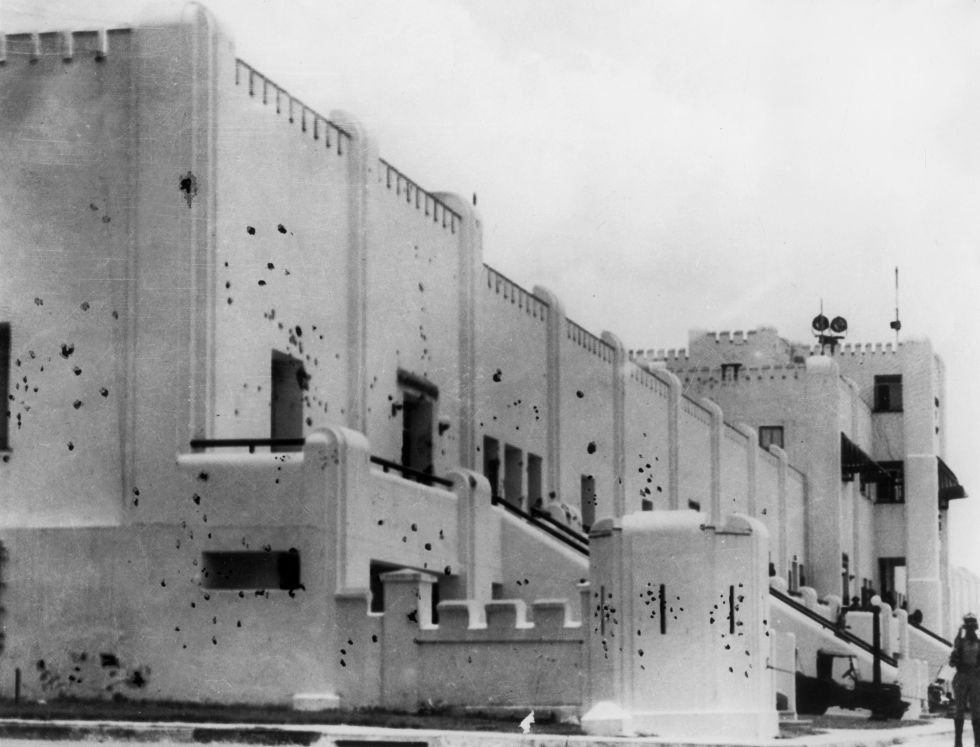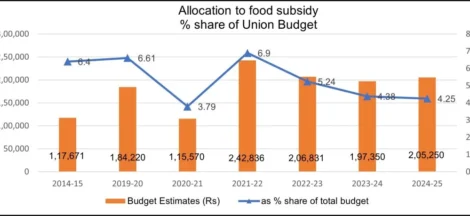By Krishna Jha
Fulgencio Batista was the ruler dictator in Cuba from 1952 to 1959. Under him, Cuba became a safe haven for all kinds of crimes and corruption. After coming to power, in 1952 in a coup d’etat, among the first things that Batista did was he destroyed democratic set up of the society and consolidated power. People could not take it for long and against him they surged in rebellion. Batista was overthrown in 1958-59. The upsurge was armed and political. It was led by a young lawyer Fidel Castro.
Castro had challenged the takeover by Batista, though his initial efforts failed. It was then that Castro along with his brother Raul led an armed attack on the Moncada Barracks, a Cuban military post, on July 26, 1953, but that also failed. Fidel Castro and his group were arrested.
In detention itself, “M-26-7” – as the 26th July Movement was called — was formed. At his trial, Fidel Castro spoke for two hours. The impact of the speech was all over the country. In an attempt to win public approval, Batista granted amnesty to the surviving Moncada Barracks attackers and the Castro brothers went underground. They were in Mexico where they consolidated their strategy and returned to Cuba in 1956. They were accompanied by Che Guevara, whom they had met in Mexico. While coming back aboard the ship Granma, the Castros and Guevara faced attack from Batista’s troops. They had to escape to Sierra Maestra where they reorganized the “M-26-7” rebel forces, engaging in urban sabotage and covert recruitment.
Over time the Popular Socialist Party, once the largest and most powerful organization opposing Batista, started losing its influence in favour of the 26th of July Movement. As the irregular spurts against Batista escalated, the rebel forces organized themselves and got transformed from crude, guerrilla fighters into a cohesive fighting force and could confront Batista’s army in military engagements. Soon after Batista was ousted, the revolution was being driven by a coalition between the Popular Socialist Party, the 26th of July Movement and the Revolutionary Directorate of 13 March. The 26th of July Movement rebels finally toppled Batista on December 31, 1958, after which he fled the country.
Batista’s government was dismantled as Castro became the most prominent leader of the revolutionary forces. Soon thereafter, the 26th of July Movement established itself as the de facto government. Although Castro was immensely popular in the period immediately following Batista’s ouster, he quickly consolidated power, leading to domestic and international tensions. 26 July 1953 is celebrated in Cuba as Día de la Revolución (from Spanish: “Day of the Revolution”). The party thus established was reformed along Marxist–Leninist path becoming the Communist Party of Cuba in October 1965, with Castro as general secretary.
There were significant domestic and international repercussions of the revolutionary process unleashed in Cuba. It was specific in the context of Cuba-United States relations that were severely damaged and the strain remained alive despite attempts at reconciliation. There was thaw on part of Cuba, in the decades of 2010s and 2020s. In addition, the Cuban Revolution also had profoundly sent ripple effects across many Latin American states as well, serving not only as a symbol of resistance but as a blueprint for what a successful revolution looks like. Cuba became the ideological and strategic inspiration for Latin American revolution. At the same time though, heavy conservative regimes in the Americas began to crack down on this newfound inspiration for dissent, in hopes of preventing “another Cuba.”
In the aftermath of revolution, Castro’s government initiated a program of nationalization, a centrally formed media and consolidated political power, which transformed the country’s economy and civil society, alienating the rich and exploitative segments of the Cuban population and the United States. The economic transformation led to the exodus of the richer section of the Cuban society to the United States. The revolution also marked the beginning of interventions of Cuba in foreign conflicts, including in Africa, the Americas, South-East Asia and the Middle East. Several counter rebellions, aided and abetted by the United States, were organized mainly in the Escambray Mountains between 1959 and 1965, challenging the revolutionary government in Cuba.
But Saga of Cuban revolution would not be complete without mentioning the contributions of Ernesto Che Guevara, born on June 14, 1928. In the entire process, Che Guevara played a critical role in both the victory and the subsequent efforts to establish socialism in Cuba. Rooted in Marxist ideas, he developed and implemented concrete policies for Cuba’s post-revolutionary shift towards socialism. The profound structural changes he introduced in liberated Cuba from its semi-colonial dependence, integrating it fully into the socialist bloc as an independent nation. Guevara’s distinct contributions to Marxism lie in his focus on the political economy of socialist transition, the importance of cultivating a “new man” through socialist construction, and his “foco” theory, a revolutionary strategy for the Global South.
Che Guevara’s revolutionary zeal led him next to the African nation of Congo, a campaign that ultimately failed, sending him back to Cuba. He soon left Cuba for Bolivia. Meanwhile, the Bolivian government, aware of Che’s presence in Bolivia, formed a special army unit to capture him dead or alive. The American CIA was also helping Bolivia in this operation. With the help of the CIA, Che and a handful of his associates were cornered in the jungle on their way out of Bolivia. Che and his colleagues resolutely resisted the army. Che was injured in the exchange of fire. His gun also became useless. The Bolivian soldiers came very close to them. He was arrested. On October 9, 1967, Che was killed in cold blood. “Shoot, you coward, you can only kill a man,” were Che Guevara’s legendary last words. (IPA Service)




 Continuing Israeli Killings Of Ailing Hungry Palestinians In Gaza Is Worst Humanitarian Tragedy
Continuing Israeli Killings Of Ailing Hungry Palestinians In Gaza Is Worst Humanitarian Tragedy 